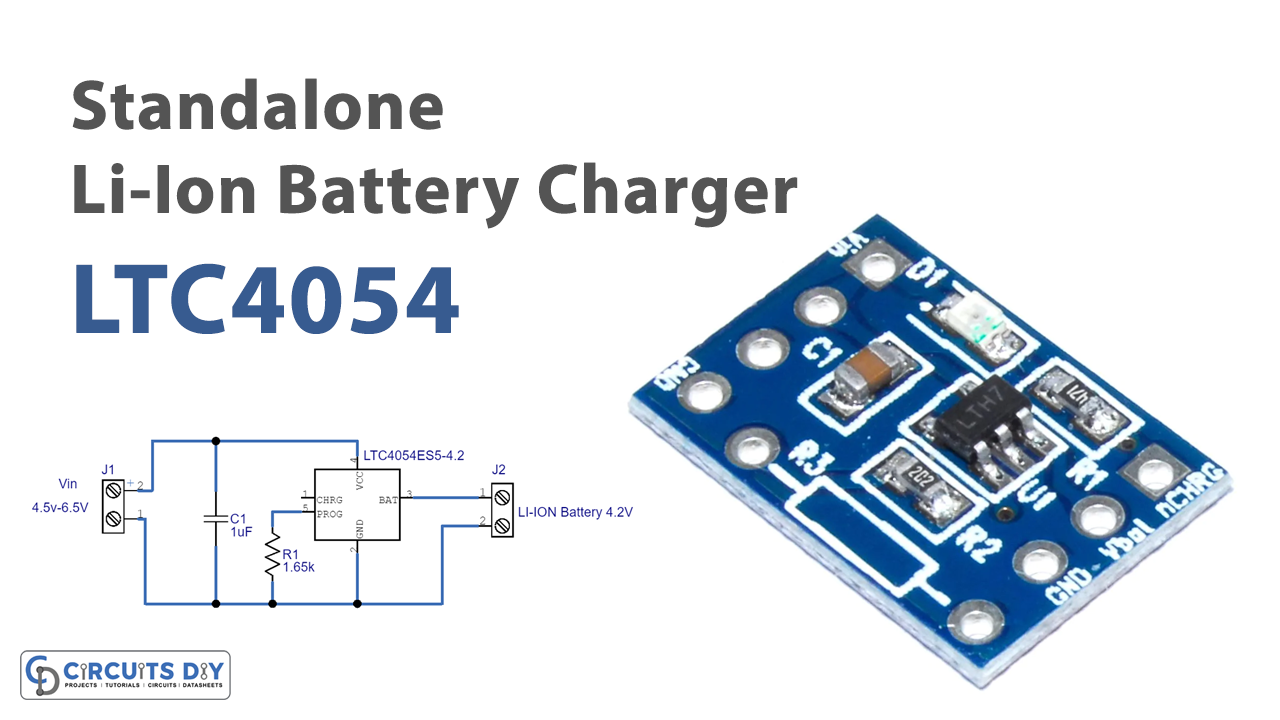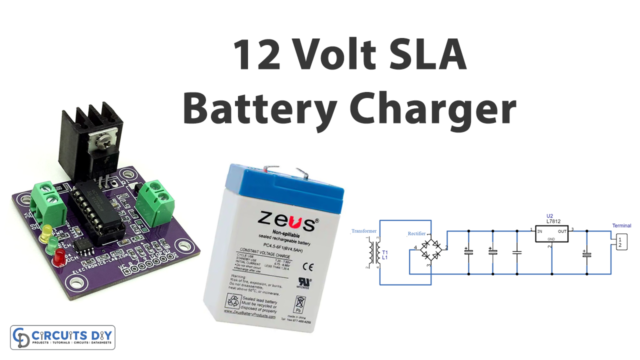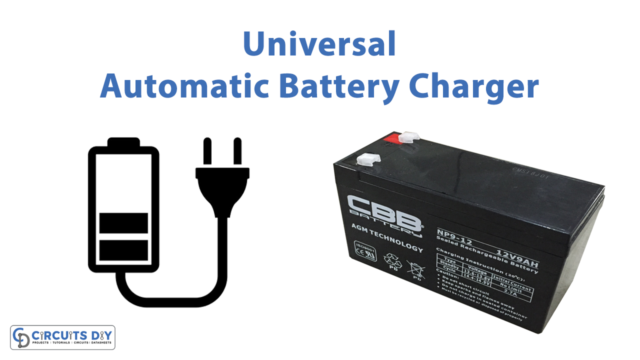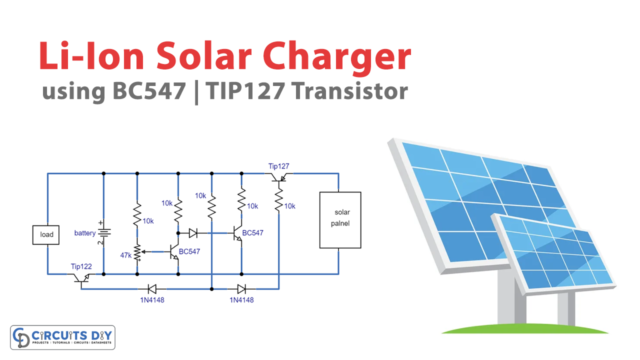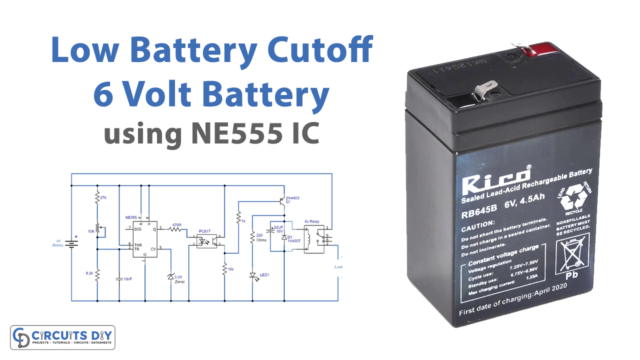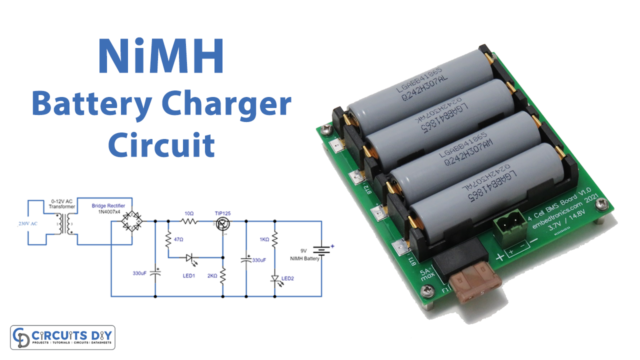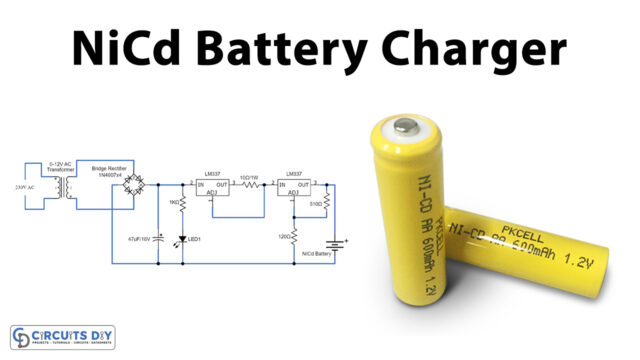Introduction
Electronic devices and gadgets can’t work without batteries and chargers. Laptops, mobile phones, electronic gadgets, gaming devices, etc need batteries. Or batteries are the basic requirement of these devices. And batteries have to be charged while using those electronic devices. Also, these device batteries demand lighter Charger circuits that a person can easily carry. Their small size and weight usually impress the designers to employ them in their devices. But, today our major topic is not only battery chargers but Standalone Li-Ion Battery chargers. So, in this tutorial, we are going to make a “Standalone Li-Ion Battery Charger Circuit using LTC4054”. The circuit requires a few external components including passive elements like resistors and capacitors.
Hardware Required
| S.no | Component | Value | Qty |
|---|---|---|---|
| 1. | IC | LTC4054ES5 | 1 |
| 2. | Capacitor | 1µF | 1 |
| 3. | Resistor | 1.65K | 1 |
| 4. | 2-Pin Connector | – | 1 |
Circuit Diagram
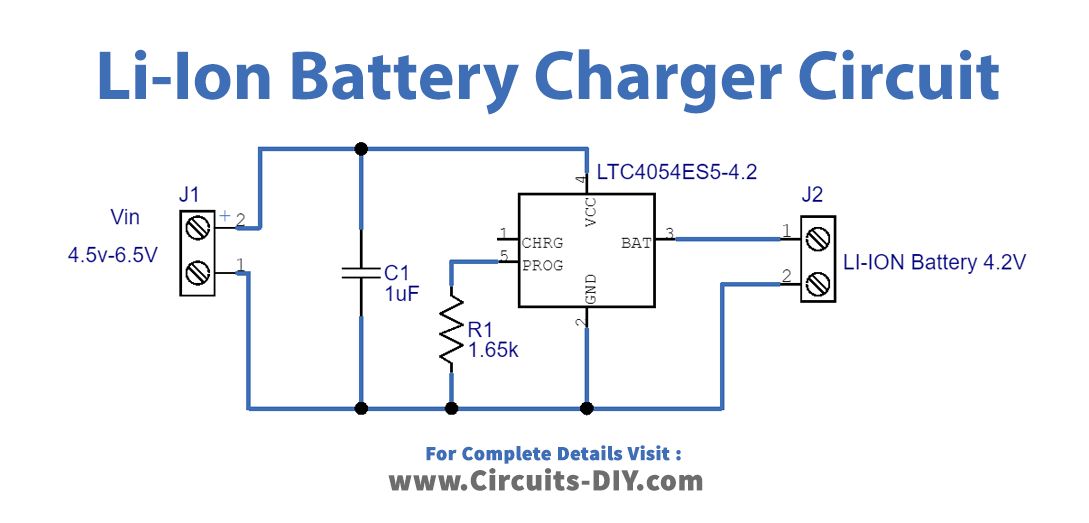
Working Explanation
In this Standalone Li-Ion Battery Charger circuit, along with the IC, we are using some other components. The capacitor C1 in the circuit is working as a filter operation to the input Power supply. The resistor R1 operates as a Program input resistor. Hence to change the output current value, you can change the value of this resistor. If you want to show the charging status, in that case, you can add an LED at the CHRG pin of an IC. We design this circuit to charge the battery with an output voltage of 4.2V and an output current of 600 mA.
Application and Uses
This Charger can charge the Standalone Li-Ion Battery of:
- Portable electronic devices.
- MP3 players.
- Mobile phones.
- Digital cameras, etc.

